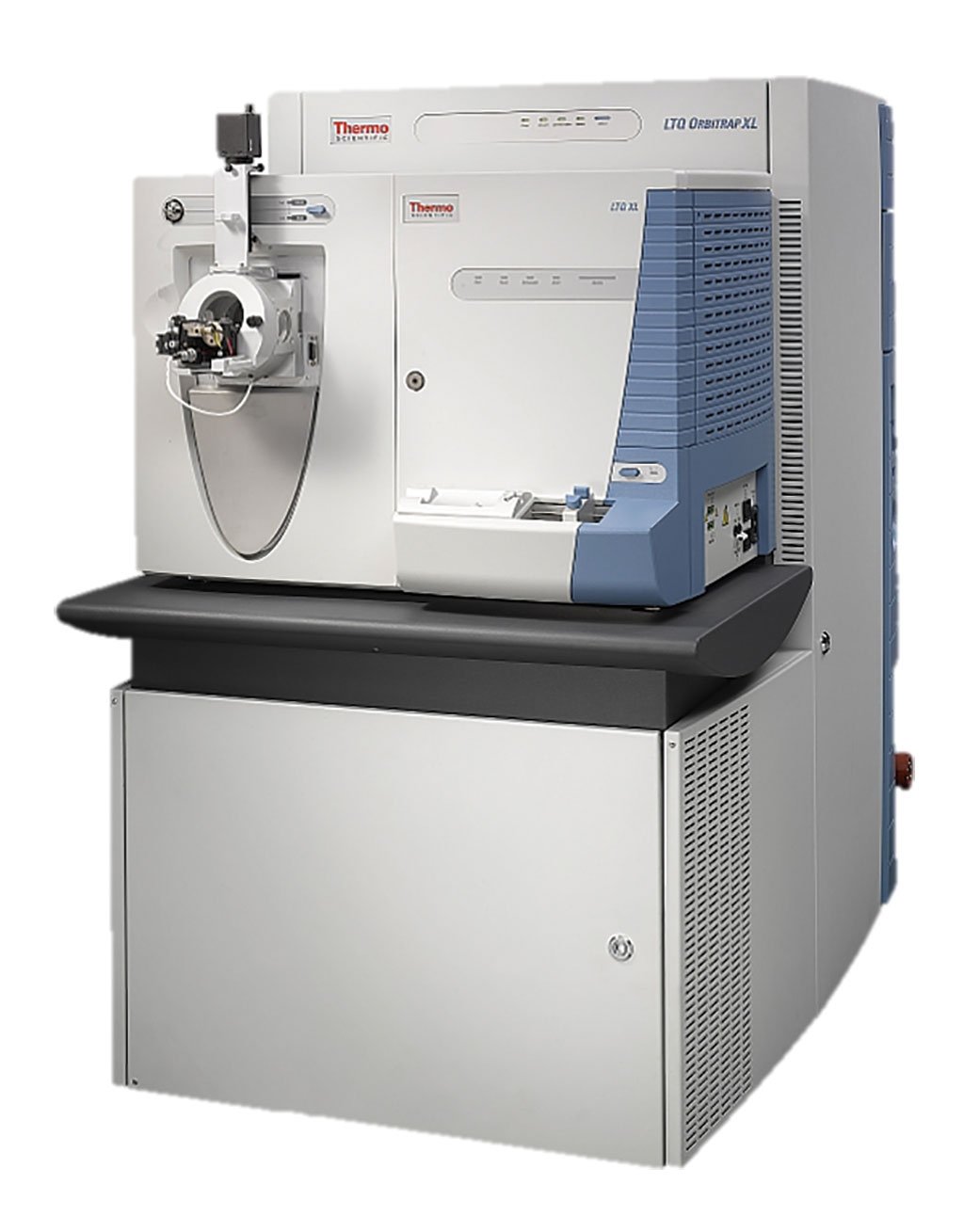Lipidomic Determinants Profiled for Human Diabetic Neuropathy
Posted on 05 Oct 2022
Peripheral neuropathy is a common complication of type 2 diabetes, ranging in prevalence from 10% to over 50% in various cohorts. Peripheral neuropathy symptoms manifest as a loss of sensation and pain in a length-dependent manner. Peripheral neuropathy in type 2 diabetes remains recalcitrant to effective treatment; glucose control only marginally prevents neuropathy onset and development.
Numerous studies have provided evidence that obesity and dyslipidemia are important neuropathy risk factors, independent, even, of glycemic status. In these investigations, measurements were limited to a basic lipid profile. Recent mass spectrometry advances allow the identification and quantification of a larger array of lipids, termed the lipidome, from biosamples.

Neurologists at the University of Michigan (Ann Arbor, MI, USA) and their colleagues carried out a study of 17 males and 52 females with a mean age of 45 years ± 9 years, from the Gila River Indian community with type 2 diabetes. Neuropathy was assessed10 years later using the combined Michigan Neuropathy Screening Instrument (MNSI) examination and questionnaire scores. A combined MNSI index was calculated from examination and questionnaire scores.
Samples were prepared and mass spectrometry quantified lipids from 18 classes as per published protocols. Four hundred and thirty-five lipids were quantitated from the 18 classes. Classes that consisted of two or fewer lipid species (monoacylglycerols, plasmenyl-phosphatidylcholines, phosphatidic acids, phosphatidylglycerols, phosphatidylserines, and ceramide phosphates) were eliminated. After combining the different mass spectrometry adducts of the same feature, 236 unique lipids were included in the final analysis.
The investigators stratified the participants were as with (high MNSI index score > 2.5407) versus without neuropathy (low MNSI index score ≤ 2.5407). Significantly decreased medium-chain acylcarnitines and increased total free fatty acids, independent of chain length and saturation, in serum at baseline associated with incident peripheral neuropathy at follow-up, that is, participants had high MNSI index scores, independent of covariates. Participants with neuropathy also had decreased phosphatidylcholines and increased lysophosphatidylcholines at baseline, independent of chain length and saturation. The abundance of other lipid classes did not differ significantly by neuropathy status.
Eva L. Feldman, MD, PhD, Professor of Neurology and senior author of the study, said, “We have the potential to test for these lipid biomarkers in patients with type 2 diabetes to identify those with the highest risk of developing peripheral neuropathy and facilitate more focused management of those patients. Our findings support the concept that unsaturated healthy fats are a better source of energy for nerves that highly saturated fats. We strongly recommend a Mediterranean-type diet to maintain a healthy nervous system.”
The authors concluded that aggregate abundance differences in circulating medium-chain acylcarnitines, free fatty acids, phosphatidylcholines, and lysophosphatidylcholines, early in the course of the disease are linked to the later development of human type 2 diabetic neuropathy. The study was published in the September, 2022 issue of the journal Annals of Clinical and Translational Neurology.
Related Links:
University of Michigan













